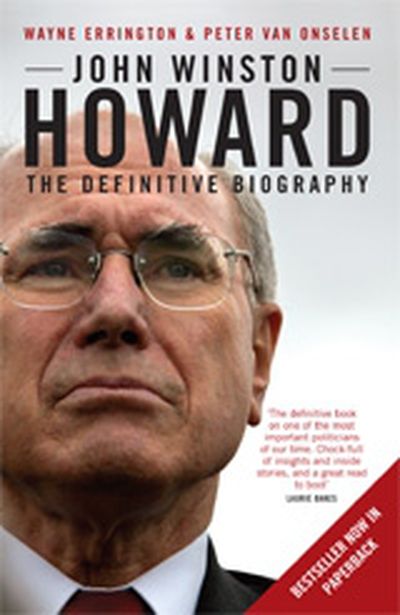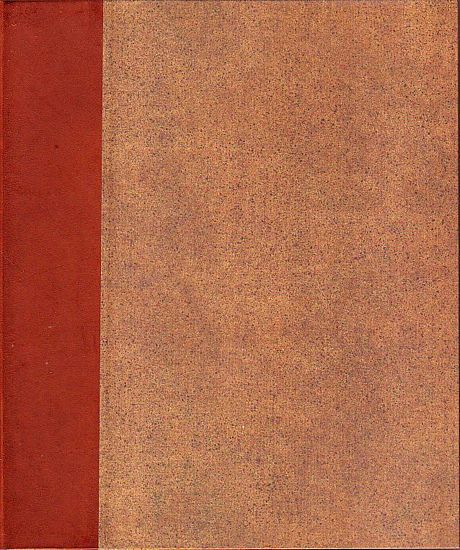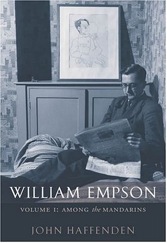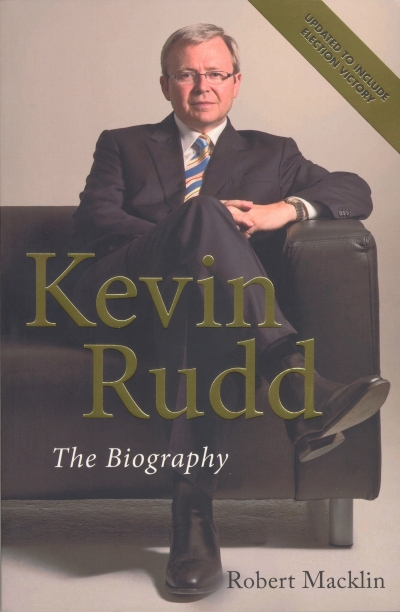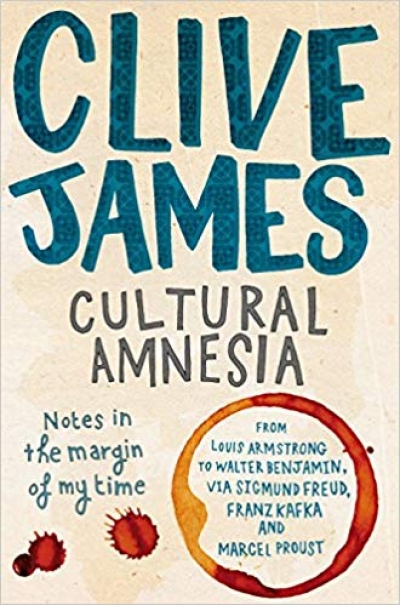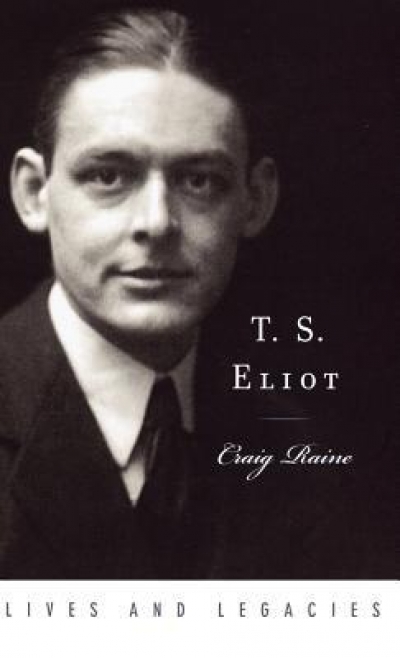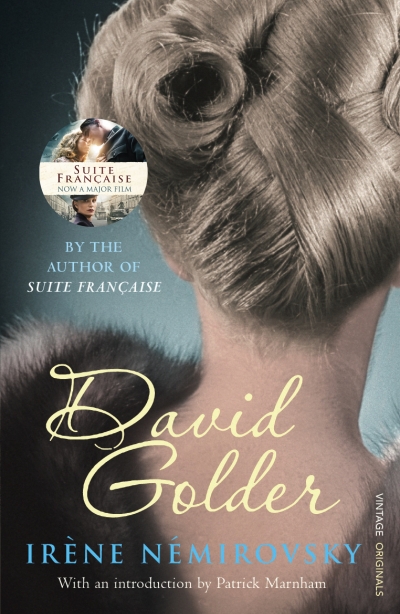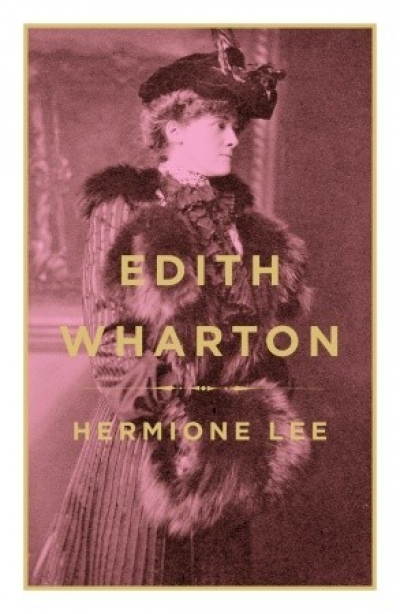Biography
John Winston Howard: The biography by Wayne Errington and Peter van Onselen
Contemporary biography presents many challenges, even more so when the subject is a politician who is still in office. It is, at best, a progress report: necessarily provisional both in its analysis and its attempt to anticipate the weightier judgment of history. By its very nature, it inclines more towards journalism than towards scholarly assessment.
... (read more)The official published accounts of Captain Cook’s three great voyages (1768-79) were immense popular successes in Britain. That for the third voyage sold out within three days of publication in 1784. When the Frenchman La Pérouse sailed from Botany Bay in March 1788 into the Pacific – and into oblivion – he remarked that Cook had done so much that he had left him nothing to do but admire his work. In the previous year, the German, Georg Forster, had published in Berlin his eulogy of Cook, Cook der Entdecker (Cook the Discoverer). Cook was the first international superstar, and time has only increased his celebrity status. Major scholarly biographies continue to be published, and seminars which feature Cook in their titles are sell-outs. The name is box-office magic.
... (read more)William Empson by John Haffenden & William Empson by John Haffenden
The lives of scholars and critics, however distinguished they may be, however resourceful their narrators, do not always make for compelling reading, let alone for an account that runs so readably to the phenomenal length of John Haffenden’s absorbing two-volume biography of the English poet and critic, William Empson. Devoted as they are to things of the mind, most academics do not, after all, generally do very much that is likely to command the attention of a wider public, or make for sparkling story. ‘A quiet life’ – the phrase in which Lord David Cecil summed up the career of the Cambridge don and poet Thomas Gray (whose one big adventure was to move, when teased insufferably by his colleagues at one Cambridge college, to the fellowship of another Cambridge college immediately over the road) – seems almost to epitomise this entire genre.
... (read more)Kevin Rudd by Robert Macklin & Kevin Rudd by Nicholas Stuart
One of the hazards of election years these days is the quickie biography of the latest Opposition leader. As Simon Crean missed out on an election, so he missed out on a quickie. On the other hand, in 2004 his successor Mark Latham scored two – or three if we include Michael Duffy’s comparative study of the two political bruisers Latham and Abbott. Not that it did Latham, or probably the reputation of the authors, much good.
... (read more)Cultural Amnesia: Notes in the margin of my time by Clive James
Conversation is the raison d’être of this monumental monologue. But you might not think so if you read only the reviews. Splenetic, greensick criticism – and there has been plenty of it – insists that what Clive James has built out of a life’s voracious reading and careful noticing – his ‘notes in the margin’ – is a platform for his ego. Not so. But how ruthlessly we skin our own ...
... (read more)The Feasts and Seasons of John F. Kelly by Robert Pascoe
Within church circles, Melbourne’s Catholic Education Office is known as the CEO, making it sound like the boss of a company. The comparison is apt. The Melbourne CEO is nothing if not big. Indirectly, it looks after more schools and more students than a number of state education departments. So it is little wonder that the CEO has long been a turf on which ideological battles have been fought. If you cup an ear to the walls of the CEO, you won’t hear much: culture wars are fought quietly there. But bear in mind that this is an organisation that brings together two of the most contested elements in any culture war: the meaning of life and the minds of the young. Listen harder, and you will hear pulses racing.
... (read more)Universal dictionaries are no longer possible or desirable. If we would conquer the realm of knowledge we must be content to divide it.’ Thus wrote The Times on 5 January 1885 in its first article on the Dictionary of National Biography (DNB), whose initial supplement – the first of an eventual sixty-three published over the next fifteen years – was then about to appear.
... (read more)At about the time that he was preparing the final drafts of The Waste Land, T.S. Eliot was preoccupied by a separate, but no less overwhelming question: when to sell his shares in the Hydraulic-Press Brick Company. In October 1922, the month the poem was published in the periodical he edited, the Criterion, Eliot wrote to his brother, Henry: ‘For myself, the important point is that Hydraulic should rise and give me an opportunity to sell when Sterling is low: it looks as if Sterling might fall a few points before very long. Do you think that Hydraulic will continue to pay dividends for the next year or so?’
... (read more)David Golder by Irène Némirovsky & Irène Némirovsky by Jonathan Weiss
When Irène Némirovsky’s Suite Française was first published in France in 2004, it created extraordinary interest for at least three reasons. Firstly, there was the story of the survival of the manuscript, preserved in an unopened suitcase for almost sixty years by Némirovsky’s daughters, Elisabeth and Denise, who had assumed that the papers in their possession were personal notes that would be too painful for them to read. Secondly, there was the documentation, provided in Myriam Anissimov’s preface and in a rich appendix, about Némirovsky’s life as an identified foreign Jew under Nazi occupation. Arrested in July 1942, interned in the Pithiviers camp, and deported almost immediately to Auschwitz, she died barely a month after her arrest, even as her husband and friends, ignorant of her fate, tried frenetically to save her. Finally, there was the novel itself, or rather, the two completed sections of what was intended to be a five-part epic narrative: a brilliantly rendered fresco of the French collapse in 1940 and the first years of German occupation, which earned Némirovsky, posthumously, the unparalleled honour of the prestigious Renaudot prize. With the English translation of the novel in 2006, she became an international celebrity. A Némirovsky biography, therefore, could hardly be more timely.
... (read more)I took to Edith Wharton in the late 1970s but don’t remember why. I have never forgotten the name of the heroine of the first of her books that I read: Undine Spragg, all soft promise dashed by that biting surname. This was The Custom of the Country (1913), and I read on: Ethan Frome (1912), Summer (1917), and The Children (1928), for instance. Someone offered me R.W.B. Lewis’s Edith Wharton: A Biography (1975), and a friend created space on his bookshelf by unloading The Collected Short Stories (edited and introduced by Lewis, who calls himself an ‘addict’). Much later, when the film of The Age of Innocence was released in 1993, I primly chose to read the novel rather than see a version of it. Then I left Edith Wharton, née Jones, born to wealth in 1862 in New York, on the shelf.
... (read more)

